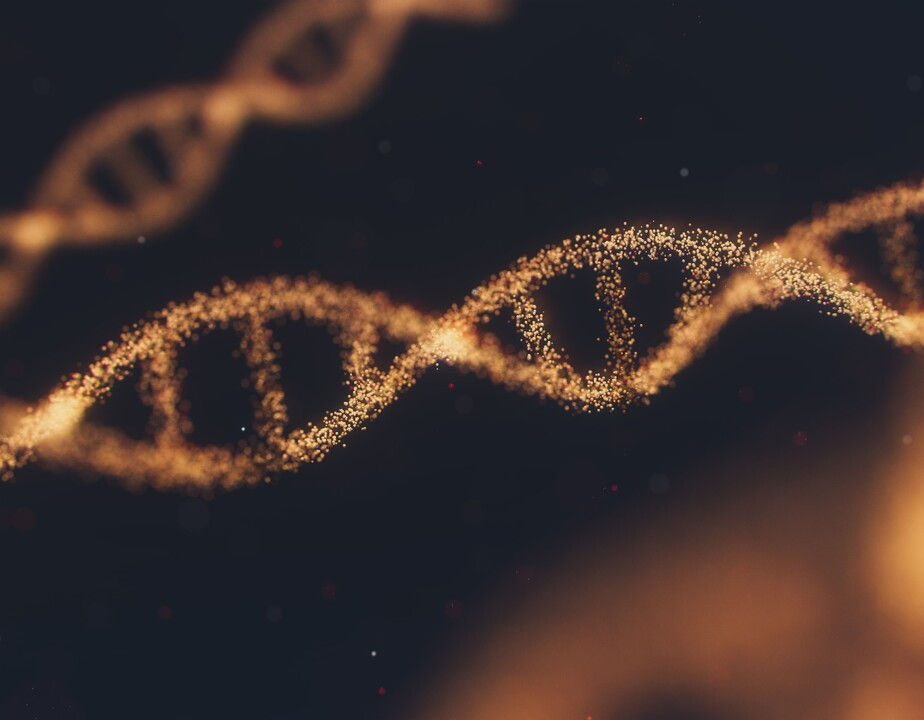Biohacking: The Path to Sustainable Health and High Performance
- Ana Carolina Davini
- Jan 17
- 3 min read
Updated: Apr 20
We live in a world characterized by constant change and uncertainty, often described by the acronyms "VUCA" (Volatile, Uncertain, Complex and Ambiguous) and "BANI" (Fragile, Anxious, Non-linear and Incomprehensible). In this context, biohacking emerges as a revolutionary practice that aims to optimize human health and performance. But after all, what is biohacking?
Biohacking is the practice of intervening in one's own body and behavior to improve health, well-being and performance.
Using techniques ranging from dietary and lifestyle changes to technological interventions, biohackers seek to achieve a high state of health and performance in a sustainable way.
The link between health and long-term sustainable performance is one of the pillars of biohacking. According to studies such as Yetisen AK’s, biohacking allows for a personalized and proactive approach to health, focusing on prevention and optimization rather than aiming to treat diseases. This is crucial in today’s world, where stress and constant demands can lead to physical and mental exhaustion.
By investing in biohacking practices such as optimizing sleep, eating a balanced diet, and exercising regularly, it is possible to maintain a high level of performance over time without sacrificing health. Biohacking provides tools to continually monitor and adjust these practices, ensuring that they are aligned with each individual’s personal goals.
Biohacking and Epigenetics
Epigenetics, the study of how behaviors and the environment can cause changes that affect how genes function, is an area of great interest to biohackers. Work such as that of Grunau et al. highlights the importance of epigenetics in human health. Biohacking uses this knowledge to make interventions that can alter gene expression and improve health.
For example, practices such as meditation and a nutrient-rich diet have been shown to directly influence gene expression.
Studies, such as Kaliman P’s, show that meditation can lead to epigenetic changes that promote mental and physical health. This opens up a vast field of possibilities for biohacking, allowing for precise and effective interventions.
Biohacking Techniques: Ancient and Modern
Biohacking is not an entirely new practice. Ancient techniques, such as meditation and the use of medicinal herbs, have been used throughout history to improve health and well-being. However, what sets modern biohacking apart is the integration of these practices with scientific and technological advances.
Studies such as those by Cooper et al. and Shinde and Meller-Herbert highlight how combining ancient and modern techniques can yield impressive results. For example, meditation, an ancient practice, can now be combined with brain-monitoring technologies to optimize its effects. Similarly, ancestral diets can be adjusted based on genetic data to maximize health benefits.
We live in a technological world and the use of technology combined with conventional techniques and strategies can be a great strategy for generating greater understanding and engagement.
Practical Examples of Biohacking in Everyday Life
Implementing biohacking into your daily life, however, doesn’t have to be complicated. Here are some examples and practical exercises:
Sleep Optimization : Use sleep monitoring devices to understand sleep patterns from the information collected and gain more knowledge to make adjustments, such as seeking consistency in bedtime and wake-up times or improving the bedroom environment.
Personalized Diet : Adopt a nutrient-rich diet based on genetic testing and blood tests to identify deficiencies and specific needs.
Meditation Practices : Incorporate daily meditation using ancient tools and applications that provide real-time feedback on brain activity, helping with discipline in practice.
Exercise : Adapting your exercise regimen based on performance and recovery data using fitness tracking devices can help make a workout program more appropriate and engaging.
Conclusion
Biohacking is the use of current technologies with ancient techniques to improve long-term health, and can be considered an innovative and integrated approach to achieving sustainable health and performance. Combining ancient techniques with modern advances, it offers powerful tools to face the challenges of the "VUCA" and "BANI" world. By investing in biohacking practices, it is possible to not only improve long-term health, but also achieve a high and sustainable level of performance. However, there are many people who seek absolute health optimization and get caught up in living in the pursuit of perfection. Personally, I believe that any tool for health promotion should be used lightly to be truly healthy.
References
Yetisen AK. Biohacking. Trends Biotechnol. 2018 Aug;36(8):744-747. doi: 10.1016/j.tibtech.2018.02.011. Epub 2018 Mar 14. PMID: 29550160.
Shinde S, Meller-Herbert O. Biohacking. Anaesthesia. 2017 Jul;72(7):909. doi: 10.1111/anae.13952. PMID: 28608375.
Cooper ID, Kyriakidou Y, Petagine L, Edwards K, Elliott BT. Bio-Hacking Better Health-Leveraging Metabolic Biochemistry to Maximize Healthspan. Antioxidants (Basel). 2023 Sep 11;12(9):1749. doi: 10.3390/antiox12091749. PMID: 37760052; PMCID: PMC10525476.
Grunau C, Le Luyer J, Laporte M, Joly D. The Epigenetics Dilemma. Genes (Basel). 2019 Dec 23;11(1):23. doi: 10.3390/genes11010023. PMID: 31878110; PMCID: PMC7016732.
Kaliman P. Epigenetics and meditation. Curr Opin Psychol. 2019 Aug;28:76-80. doi: 10.1016/j.copsyc.2018.11.010. Epub 2018 Nov 22. PMID: 30522005.

